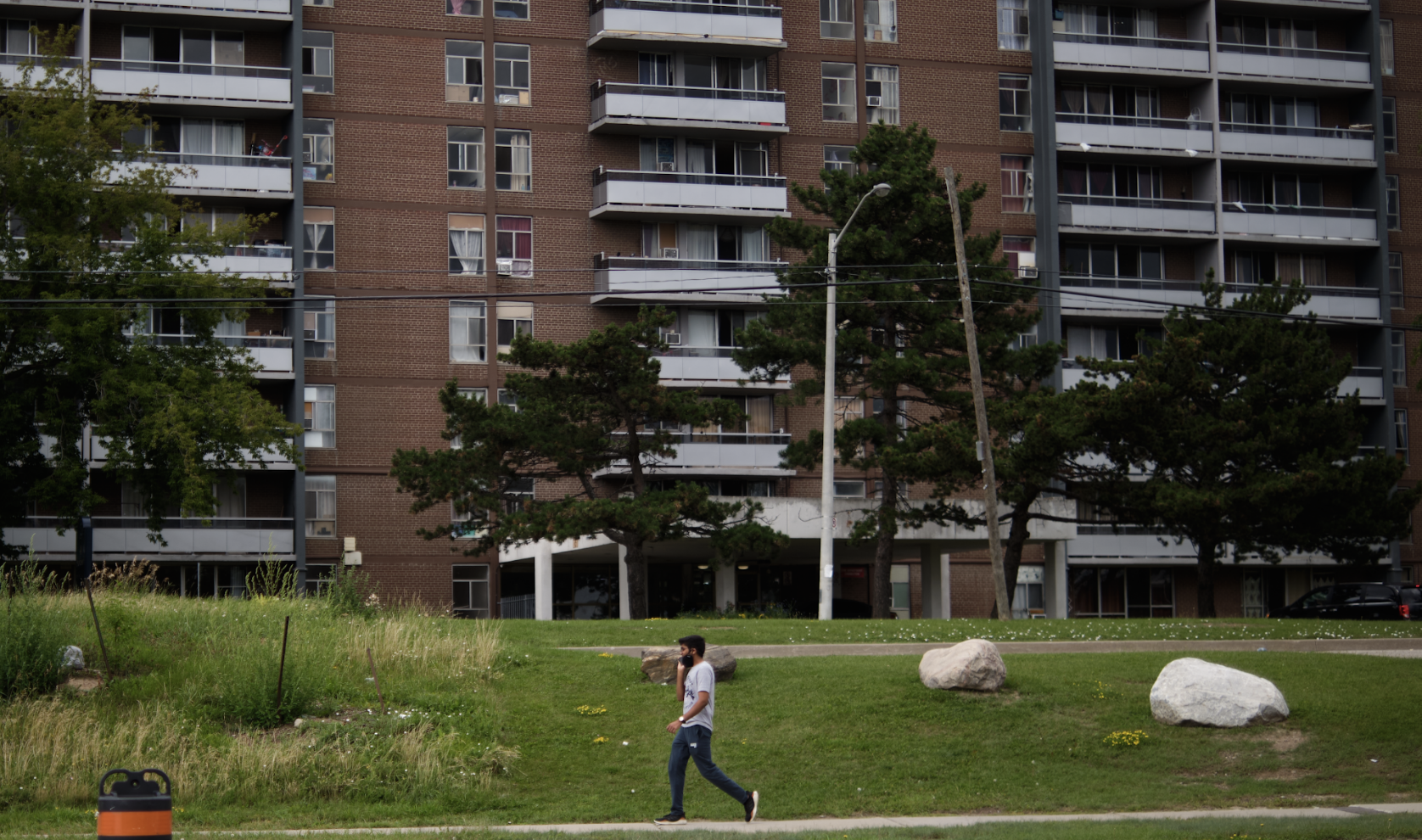Secondary Priorities: Diversity and Housing
Residents have a range of opinions on the importance of housing type/cost and living in diverse neighbourhoods.

Secondary Priorities: Diversity and Housing
Residents have a range of opinions on the importance of housing type/cost and living in diverse neighbourhoods.
Key points:
- Housing cost tends to arise as a concern for residents when thinking about general city policies and about moving to or from neighbourhoods.
- Housing cost was less important when thinking about what features of neighbourhoods they like or do not like.
- Ethno-cultural diversity was less important than factors like safety, schools, or commutes in the survey experiment and did not carry clear significance for respondents.
- In interviews, a significant minority of residents identified living in diverse integrated neighbourhoods as their favourite neighbourhood attribute, but this was countered by a smaller group of dissenting voices who preferred more mono-cultural communities.
Housing and cultural diversity are two topics that receive significant discussion in local media and popular culture; further, they impact our health. Improper housing can accelerate the spread of infectious disease, expose individuals to chronic respiratory symptoms and increase the chance of injury at home (Krieger and Higgins, 2002). Living in housing in a poor state of repair has also been linked to chronic stress, with even higher levels of instances of mental disorders for children who live in such environments (Kumar, Anjana and Nina, 2019). And high housing costs have been shown to impact health, especially as high costs of shelter force families to reduce spending on areas like nutritious meals (Krieger and Higgins, 2002). While living in a diverse community is less clearly a determinant of health in itself, racism has been shown to have a real impact on health (Gee, 2016), making the cultural makeup of neighbourhoods and the interaction between communities within them important to consider. All of this makes it not surprising that both Housing and Diversity came up throughout our study. However, findings were not as consistent across our data in these areas, making it difficult to draw clear conclusions about resident perceptions and priorities in these areas.
Regarding housing, the survey clearly shows that reducing housing costs is the top policy priority among respondents, and there is strong preference against neighbourhoods dominated by apartment buildings. In interviews, however, housing costs were rarely mentioned as among the major problems in respondents’ neighbourhoods as part of their response to open-ended questions on this theme, though sometimes the issue did arise in discussing why they chose to live in the current neighbourhood or why they might or might not move. Regarding housing type, we found a clear stigma against social housing and a strong preference for detached homes. Speaking generally, we can say that housing cost seems to arise when residents think about general city policies and about moving to or from neighbourhoods, but it is less important when thinking about what features of neighbourhoods they like or do not like.

The topic of diversity also had unclear significance across our data. In this case, its importance was much clearer in the qualitative than the quantitative results. A significant minority of residents listed living in diverse integrated neighbourhoods as their favourite neighbourhood attribute, but this was countered by dissenting voices who preferred more mono-cultural communities. In the survey, however, diversity was by far the least relevant variable in driving neighbourhood preference in the conjoint experiment. While it was clear that the cultural make-up of a neighbourhood was important to residents, there simply was not the unambiguous evidence one way or another to say that this attribute carried the same weight for residents as did safety, commuting, or amenities. This stands in contrast to similar research in the US that found the desire to live with people similar to oneself was one of the most consistent factors in location priorities.




